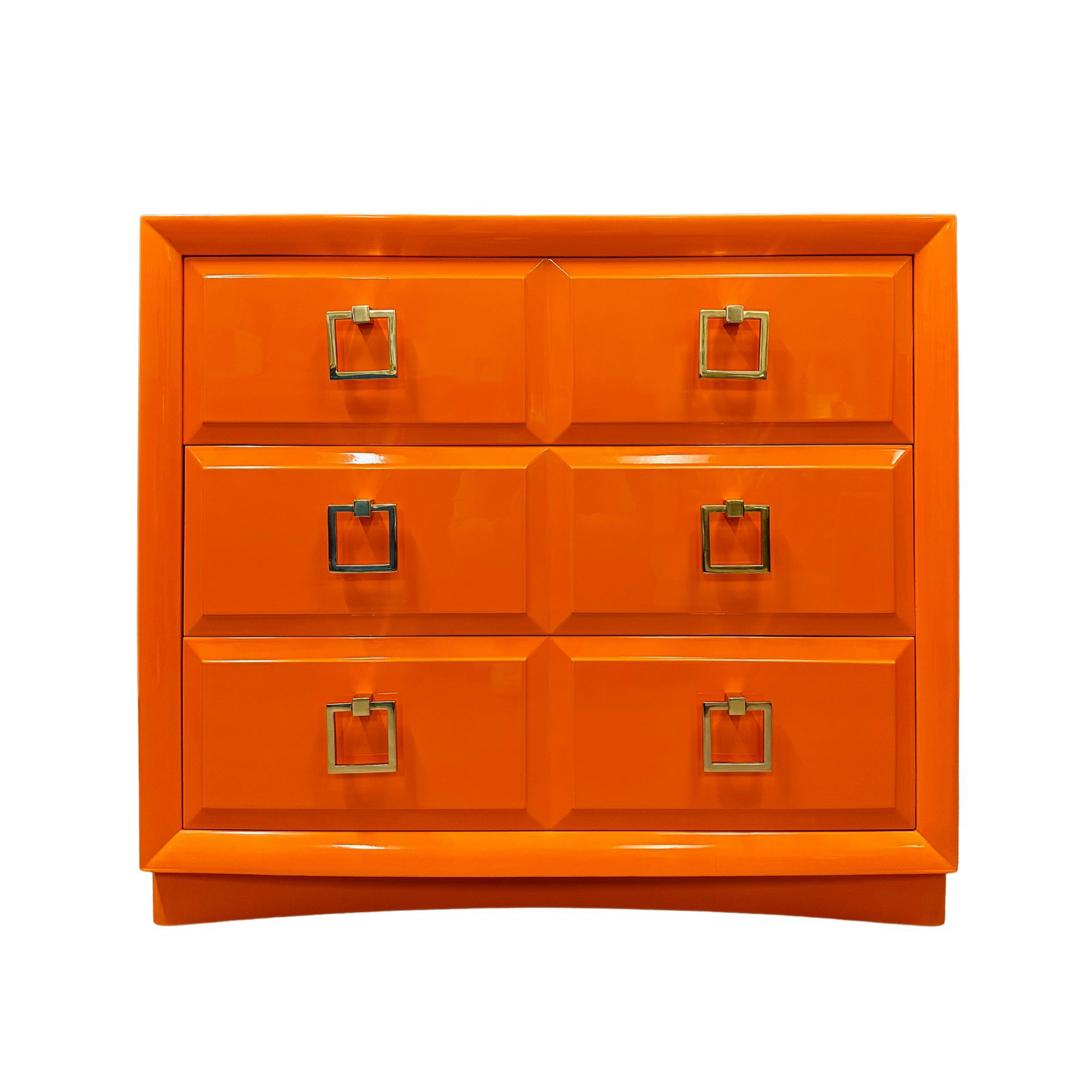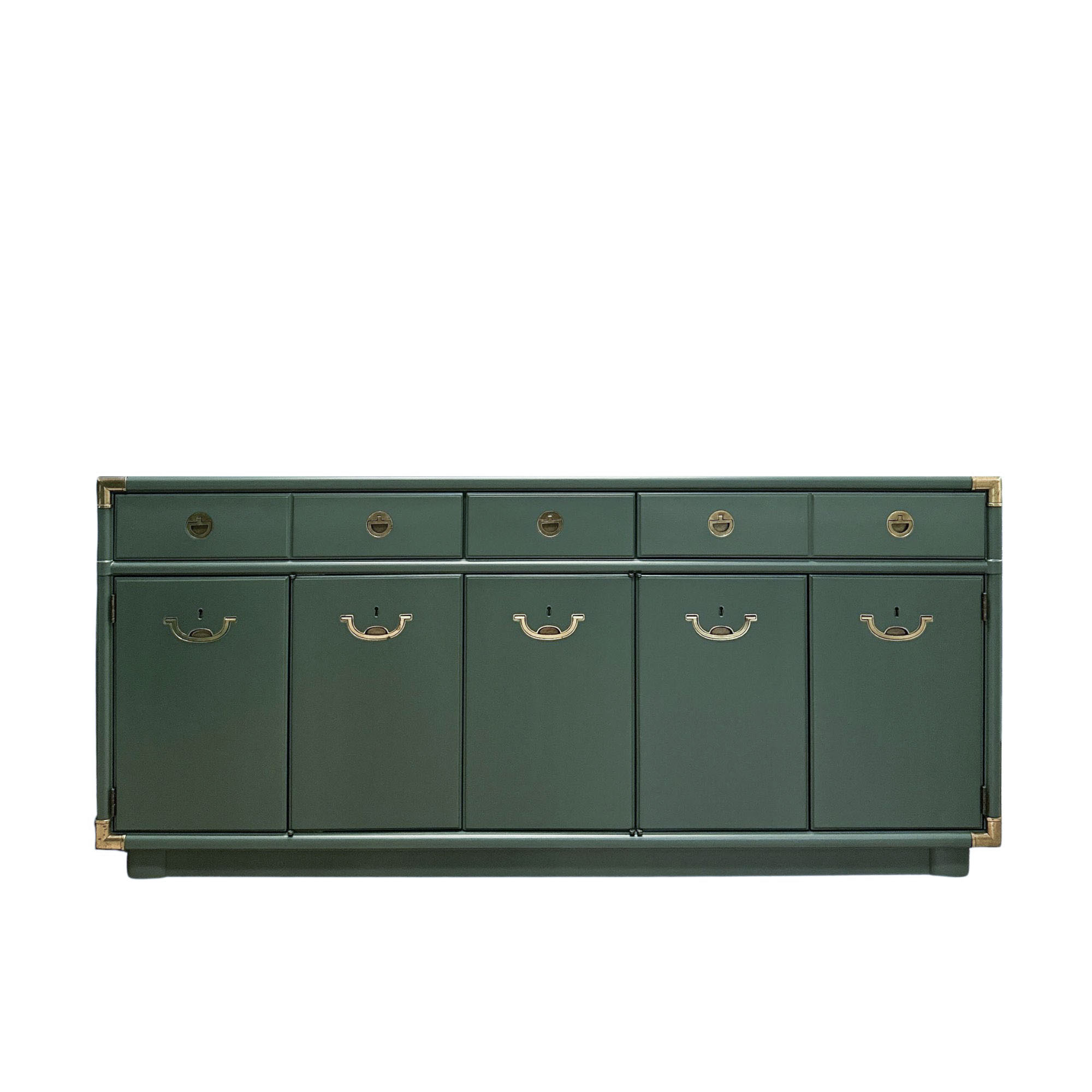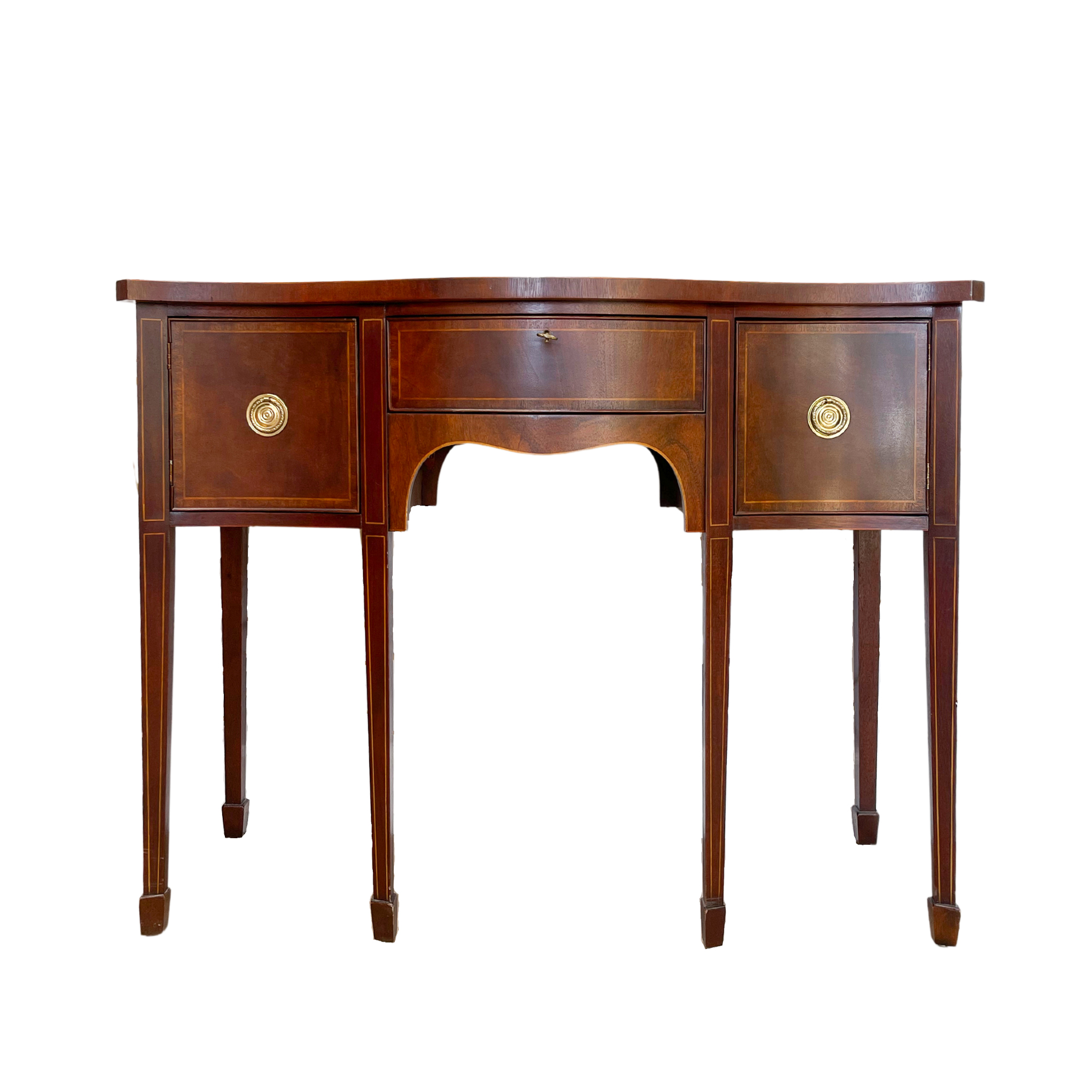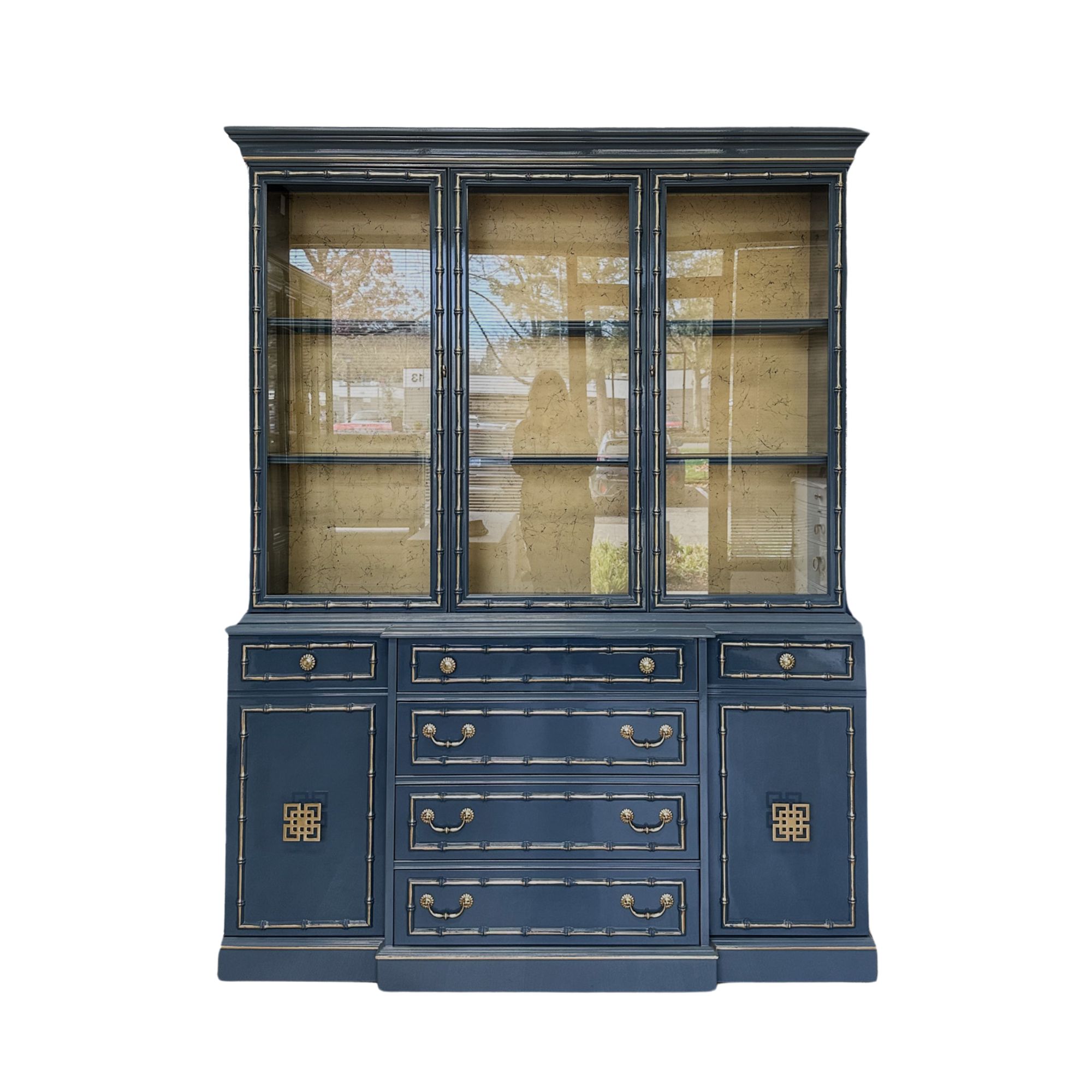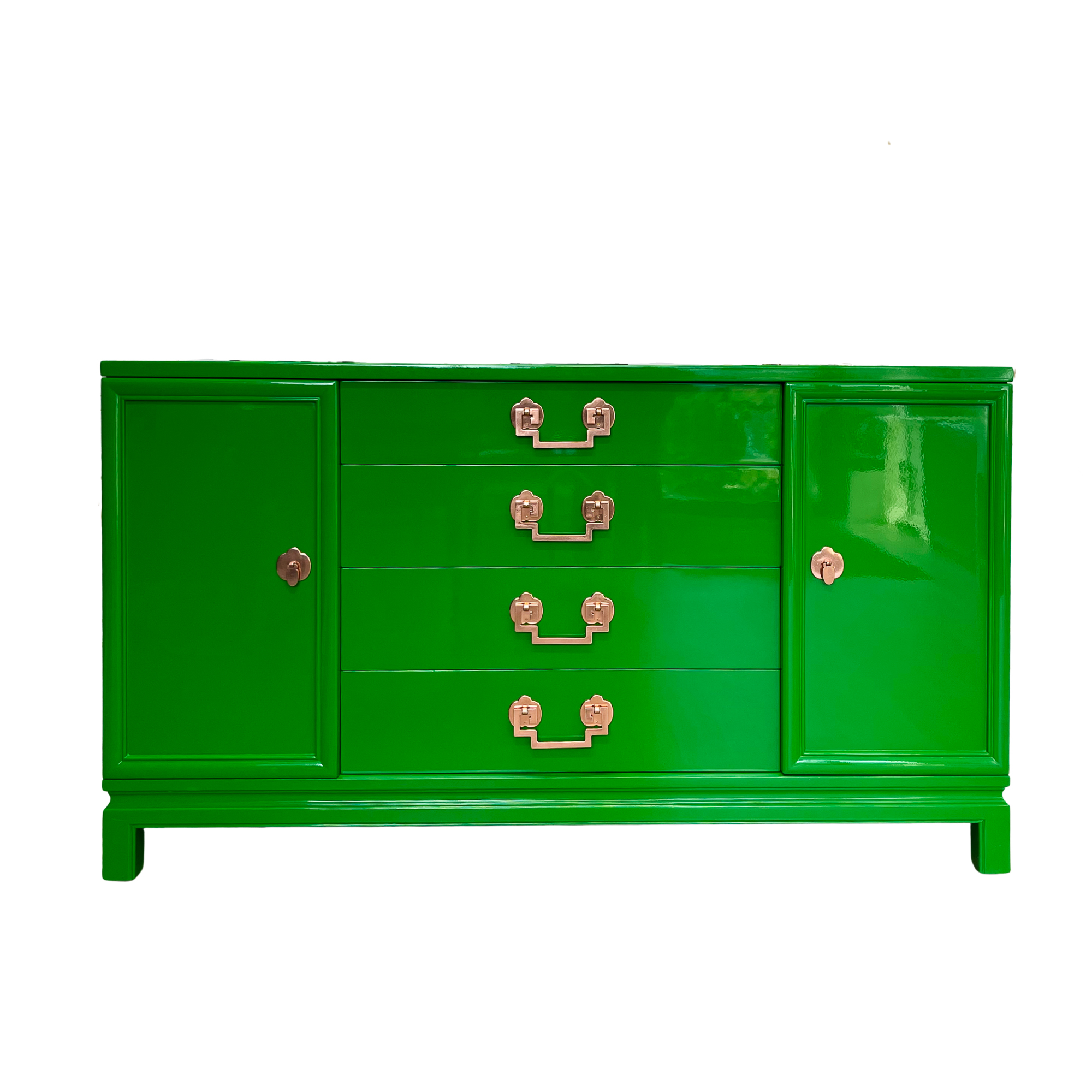Over the years, moving from home to home, I have often needed vintage furniture to be repaired, reimagined, or even removed. Today, I own a furniture refinishing shop and get questions all the time about how to fix, restore, reupholster, etc.
At the same time, I’ve watched the quiet disappearance of truly great furniture—the kind built from old-growth wood, with dovetail joints and timeworn edges, meant to serve not just one life but many generations after. These pieces weren’t made to match the moment. They were made to outlast it. When we throw them away, we’re not just losing raw material—we’re losing rhythm, soul, and story.
Keeping good stuff in circulation goes beyond just supporting sustainability. It’s a choice for lasting value in a disposable world. It reflects the idea that what we dwell with influences how we live—and that our homes deserve objects with memory, meaning, and a touch of mystery. When we retain vintage furniture, we are intentionally choosing what kind of legacy we want to live with and leave behind.




